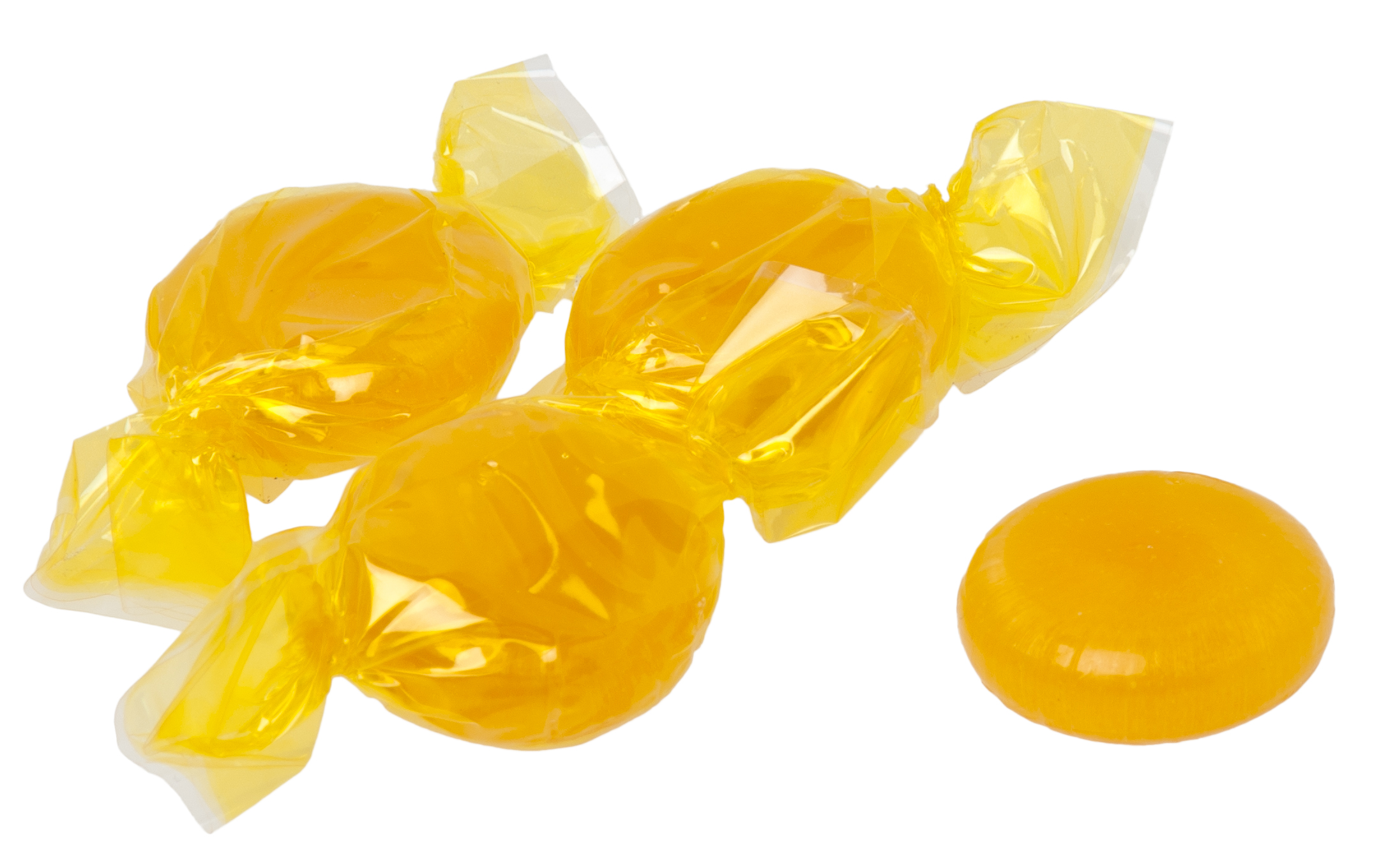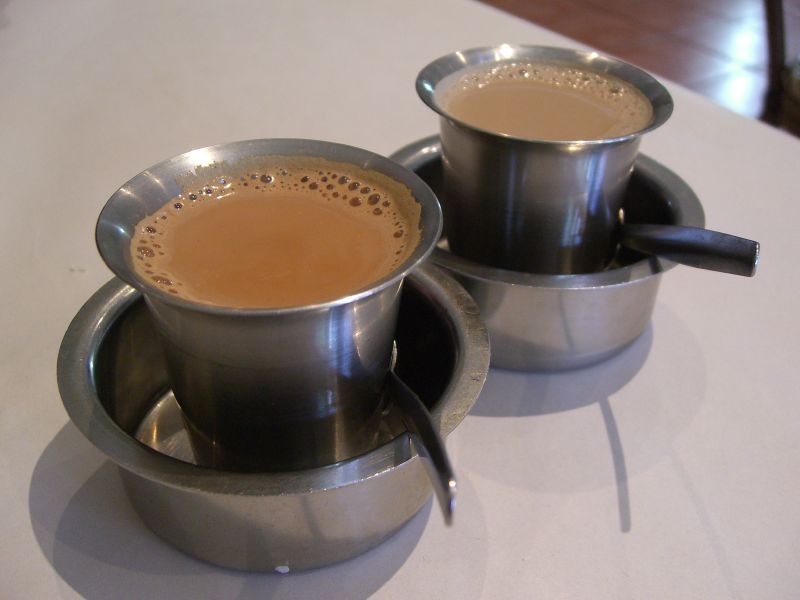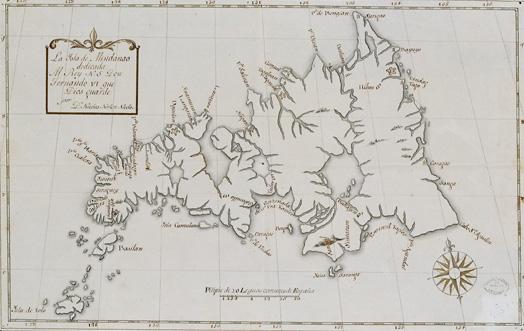|
Pastillas
Pastillas, also known as pastillas de leche (literally "milk pills"), refer to a type of milk-based confections that originated in the town of San Miguel in Bulacan, Philippines. From San Miguel, pastillas-making spread to other Philippine provinces such as Cagayan and Masbate. Description Initially, pastillas de leche were primarily home-made by carabao-rearing farmers. A small-scale industry on the food product soon grew, with the pastillas made from either carabao or cow milk or both. Refined sugar and calamansi juice are also added during the pastillas-making process. In San Miguel, Bulacan, a Pastillas Festival has been celebrated every May since 2006. The '' pabalat'' tradition is also included in the festival, which involves the display of elaborate paper-cut designs using the pastillas' wrapper material. Variants There are three main categories of pastillas based on consistency: soft pastillas, hard pastillas, and toasted pastillas. Soft pastillas has a soft cream ... [...More Info...] [...Related Items...] OR: [Wikipedia] [Google] [Baidu] |
Carabao
Carabaos () are a genetically distinct population of swamp-type water buffaloes ('' Bubalus bubalis kerabau'') from the Philippines.FAO 2013''Philippine Carabao/Philippines''In: Domestic Animal Diversity Information System. Food and Agriculture Organization of the United Nations, Rome. They were also further introduced to Sulawesi and Borneo of eastern Indonesia and Malaysia. Carabaos are the traditional draft animals in the Philippines for paddy field rice cultivation and are commonly raised by smallholder farmers. They were also formerly widely used for the transport of goods throughout the islands. They are a source of carabao milk and carabeef, among other products. The carabao is widely considered to be the national animal of the Philippines and symbolizes hard work. Carabaos were introduced to Guam from the Philippines in the 17th century. They have also acquired great cultural significance to the Chamorro people and are considered the unofficial national animal of Gu ... [...More Info...] [...Related Items...] OR: [Wikipedia] [Google] [Baidu] |
Pabalat
Pabalat is a form of papercutting originating in the province of Bulacan in the Philippines. It involves making intricate papercut designs from wrappers used in pastillas and laminated as bookmarks, and usually made from ''papel de japon'' (Japanese paper). Among the well-known practitioners of the craft are San Miguel, Bulacan, San Miguel residents Nene Luz Ocampo and her daughter, Naty Ocampo-Castro. The origin of the art form is vague, but according to Luz Ocampo, the art form may have been derived from Chinese papercutting brought by Chinese merchants. The form may also have been an offshoot of papel picado from Mexico. There are also variations in pabalat making in Bulacan. In San Miguel, a stencil is used in tracing a pattern on the paper for pabalat-making, while in Malolos, a stencil is not used, preferring to create the design in a "free-form" and impromptu fashion. References External links * {{decorative-art-stub Asian folk art Paper art Philippine art Philipp ... [...More Info...] [...Related Items...] OR: [Wikipedia] [Google] [Baidu] |
Yema (candy)
''Yema'' is a sweet custard confectionery from the Philippines. It is made with egg yolks, milk, and sugar. The name ''yema'' is from Spanish for "egg yolk". Like other egg yolk-based Filipino desserts, it is believed that ''yema'' originated from early Spanish construction materials. During the Spanish colonization of the Philippines, egg whites mixed with quicklime and eggshells were used as a type of mortar to hold stone walls together. Filipinos reused the discarded egg yolks into various dishes. Among them is ''yema'', which is possibly based on the Spanish pastry '' Yemas de Santa Teresa''. Yemas were originally made with only egg yolks and sugar, heated and stirred until the consistency is thick. They are then shaped into small balls or pyramids and covered in white sugar. Milk (or condensed milk) later became part of the recipe (probably during the American period). Modern variations also usually include chopped nuts. Yema has also evolved into a Filipino cus ... [...More Info...] [...Related Items...] OR: [Wikipedia] [Google] [Baidu] |
Candy
Candy, alternatively called sweets or lollies, is a Confectionery, confection that features sugar as a principal ingredient. The category, also called ''sugar confectionery'', encompasses any sweet confection, including chocolate, chewing gum, and sugar candy. Vegetables, fruit, or Nut (fruit), nuts which have been glaze (cooking technique), glazed and coated with sugar are said to be ''Candied fruit, candied''. Physically, candy is characterized by the use of a significant amount of sugar or sugar substitutes. Unlike a cake or loaf of bread that would be shared among many people, candies are usually made in smaller pieces. However, the definition of candy also depends upon how people treat the food. Unlike sweet pastries served for a dessert course at the end of a meal, candies are normally eaten casually, often with the fingers, as a snack between meals. Each culture has its own ideas of what constitutes candy rather than dessert. The same food may be a candy in one culture ... [...More Info...] [...Related Items...] OR: [Wikipedia] [Google] [Baidu] |
Muscovado Sugar
Muscovado is a type of partially refined to unrefined sugar with a strong molasses content and flavour, and dark brown in colour. It is technically considered either a non-centrifugal cane sugar or a centrifuged, partially refined sugar according to the process used by the manufacturer. Muscovado contains higher levels of various minerals than processed white sugar. Its main uses are in food and confectionery, and the manufacturing of rum and other forms of alcohol. The largest producer and consumer of muscovado is India. Terminology The English name "muscovado" is derived from a corruption of Portuguese ' (unrefined sugar). The Indian English names for this type of sugar are ''khandsari'' and ''khand'' (sometimes spelled ''khaand''). There is no legal definition of muscovado, and no international standards for it such as ''Codex Alimentarius'' or ''Protected Designation of Origin''. This has led to manufacturers calling various sugar products "muscovado", and has led to conf ... [...More Info...] [...Related Items...] OR: [Wikipedia] [Google] [Baidu] |
Negros Island
Negros (, , ) is the fourth largest and third most populous island in the Philippines, with a total land area of . The coastal zone of the southern part of Negros is identified as a site of highest marine biodiversity importance in the Coral Triangle. Negros is one of the many islands of the Visayas, in the central part of the country. The predominant inhabitants of the island region are mainly called Negrenses (locally ''Negrosanons''). As of 2020 census, the total population of Negros is 4,656,893 people. From 2015 to 2017, the whole island was governed as an administrative region officially named the Negros Island Region, which comprised the highly urbanized city of Bacolod and the provinces of Negros Occidental and Negros Oriental, along with its corresponding outlying islands and islets within a total regional area of . It was created on May 29, 2015, by virtue of Executive Order No. 183 issued by President Benigno Aquino III. On August 9, 2017, the region was dis ... [...More Info...] [...Related Items...] OR: [Wikipedia] [Google] [Baidu] |
Dioscorea Alata
''Dioscorea alata''also called ube (), ubi, purple yam, or greater yam, among many other namesis a species of yam (a tuber). The tubers are usually a vivid violet-purple to bright lavender (hence the common name), but some range from creamy-white to plain white. It is sometimes confused with taro and the Okinawa sweet potato (''Ipomoea batatas'' ' Ayamurasaki'), however ''D. alata'' is also grown in Okinawa. Its origins are in the Asian and Oceanian tropics. Some varieties attain to great size. A "Mambatap" greater yam grown in Maprik, East Sepik District, Papua New Guinea around 1939 was in length. Names Because it has become naturalized following its origins in Asia, specifically the Philippines, through tropical South America, and the southeastern United States, ''D. alata'' is referred to by many different names in these regions. In English alone, aside from purple yam, other common names include ten-months yam, water yam, white yam, winged yam, violet yam, Guyana arr ... [...More Info...] [...Related Items...] OR: [Wikipedia] [Google] [Baidu] |
Macapuno
Macapuno, also called coconut sport, is a naturally occurring coconut cultivar that has an abnormal development of the endosperm. The result of this abnormal development is a soft translucent jelly-like flesh that fills almost the entire central cavity of coconut seeds, with little to no coconut water. Macapuno was first described scientifically from wild specimens in 1931 by Edwin Copeland. They were cultivated commercially in the Philippines after the development of the "embryo rescue" ''in vitro'' culture technology in the 1960s by Emerita V. De Guzman. Although called coconut sport, this mutation is not necessarily a sport in the botanical sense of a mutation arising in part of an adult plant; it may have arisen originally in a seed. It has become an important crop in coconut-producing countries and is now widely used in the cuisines of Southeast Asia and the Pacific Islands. Name The name ''macapuno'' (also spelled ''makapuno'') is derived from Tagalog , the local name ... [...More Info...] [...Related Items...] OR: [Wikipedia] [Google] [Baidu] |
Mindanao
Mindanao ( ) is the List of islands of the Philippines, second-largest island in the Philippines, after Luzon, and List of islands by population, seventh-most populous island in the world. Located in the southern region of the archipelago, the island is part of an island group of the same name that also includes its adjacent islands, notably the Sulu Archipelago. According to the 2020 census, Mindanao had a population of 26,252,442, while the entire island group had an estimated population of 27,021,036. Mindanao is divided into six administrative regions: the Zamboanga Peninsula, Northern Mindanao, the Caraga region, the Davao Region, Davao region, Soccsksargen, and the autonomous region of Bangsamoro. According to the 2020 census, Davao City is the most populous city on the island, with 1,776,949 people, followed by Zamboanga City (pop. 977,234), Cagayan de Oro (pop. 728,402), General Santos (pop. 697,315), Butuan (pop. 372,910), Iligan (pop. 363,115) and Cotabato City (pop. ... [...More Info...] [...Related Items...] OR: [Wikipedia] [Google] [Baidu] |
Davao Region
Davao Region, formerly called Southern Mindanao (; ), is an Regions of the Philippines, administrative region in the Philippines, designated as Region XI. Situated at the southeastern portion of Mindanao, enclosing Davao Gulf, it comprises five Provinces of the Philippines, provinces: Davao de Oro, Davao del Norte, Davao del Sur, Davao Oriental, and Davao Occidental. Davao City is the region's sole ''highly urbanized'' city, as well as its regional center. Etymology The region's name is derived from its Bagobo origins, who are indigenous to the area. The word ''davao'' came from the phonetic blending of three Lumad peoples, Bagobo subgroups' names for the Davao River, a major waterway emptying into Davao Gulf near the city. The Obos, who inhabit the hinterlands of the region, called the river ''Davah'' (with a gentle vowel ending, although later pronunciation is with a hard ''v'' or ''b''); the Clatta (or Giangan/Diangan) called it ''Dawaw'', and the Tagabawas called it ''Dabo' ... [...More Info...] [...Related Items...] OR: [Wikipedia] [Google] [Baidu] |






